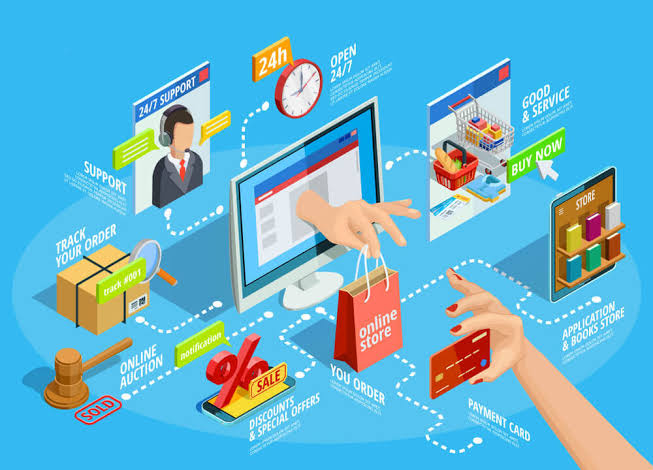
Customer conversion is the ultimate goal of RFM analysis. All the databases and analysis revolve around it. This analysis is a time-taking and tedious process if you haven’t done it from the beginning, but once you’re on track it helps you in escalating your business exponentially. How RFM analysis increases conversion rates? To get to its answer, we first need to know what the conversion rates are. And what is conversion?
Conversion
Conversion is when a business converts the users who check it out, browse it, to the customers who buy from it. For instance, if 20 people visit your business page daily and none of them make any purchase, there is no buying customer. A businessman needs to convince any of these 20 customers to make a purchase. When a purchase is done, the conversion is successful. Today, the market has expanded to an extent, that clicking on the ads also count in conversion.
For example, if your business ad appears on a webpage, and 20 people see it, you need to get any of these 20 to click the ad. This is called conversion. When 2 of the 20 people click your ad, you have successfully converted regular visitors to customers.
Conversion rates
The ratio of conversion is called conversion rates. In simple words, out of 20 people who have seen your ad, the 2 that have clicked it or made a purchase are the converted ones. And this ratio of 2/20 is the conversion rate. Conversion rates have different levels of marketing. And any in all marketing firm aims to increase these rates daily. Some of the parameters that make up the conversion rates are:
- The percentage of people visiting your business
- The percentage of people you interact with
- The percentage of people you win, or the %age of people who make a purchase.
Each day, an increase in these percentages leads to a successful business. Even an increase as small as 0.2% is effective if the big picture is apprehended. Conversion rates define the number of people who takes the action you want them to take. For example, if an e-commerce website is visited by 20,000 people in a month and 4000 out of them buy something from the website, they are the converted customers. The conversion rate here will be 4000/20000 = 2%.
How can RFM analysis better conversion rates?
If you know when your customers purchase from you, you can devise better strategies to involve them and perform your desired action. If a customer purchases monthly, you can choose to send her/him an email ten days after the purchase or 25-28 days after the purchase. As the person buys monthly, sending him/her an email after 25-28 days of 1st purchase is more effective and How to Get FFL.
It is so because a few days after buying something, the customer won’t want to go back to the same store and buy something else. That is why RFM analysis lets you know about the behavioral patterns of the customers and how can you deal with them effectively.
Escalating conversion rates are a plus
By now, we all have a firm grip on what is conversion and how RFM analysis can help better the rates. High conversion rates are prime to the functionality of any business and, therefore, providing social proof of your authenticity, credibility, and guarantees can readily affect the conversion rates.

